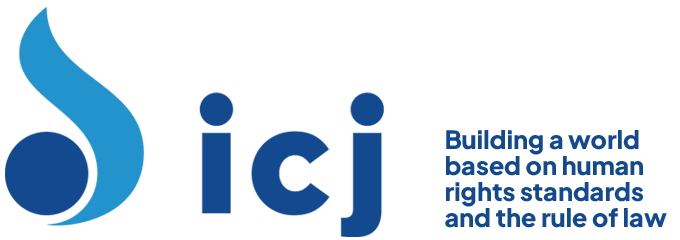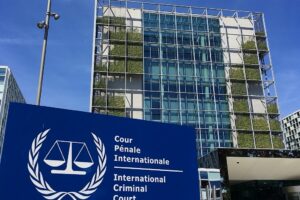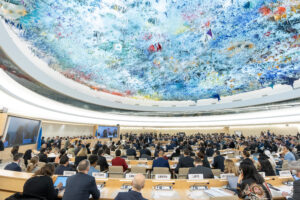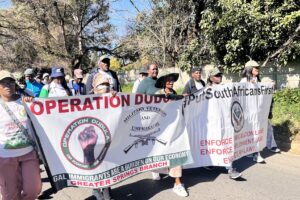IV. MANIFESTATIONS OF VIOLENCE AGAINST WOMEN
D. Attacks against lesbians, bisexuals and transgender persons
28. According to civil society organizations, El Salvador is also facing an escalating level of violence against the gay, lesbian, bisexual, transgender and intersex communities, with murders increasing from 4 in 2003 to at least 12 in 2009. High level of societal homophobia is particularly reflected in employment, in society generally, but also in the intolerance portrayed by the media.
29. In a meeting with the Special Rapporteur, interlocutors shared their accounts of widespread discrimination and violence, generally overlooked by the Government, including brutal gang rapes and family violence owing to their sexual orientation or gender identity (see case study below). Concern was particularly expressed at the attempt to introduce discriminatory amendments to the Constitution, including the definition of marriage as the union between a man and woman or the explicit prohibition of adoption by same-sex couples. Transgender persons also noted difficulties in legally changing their gender in official identity papers.
Case study
Paula’s story (assumed name) illustrates the level of violence endured by the lesbian, gay, transgender, bisexual and intersex communities in El Salvador. Paula was brutally attacked and shot by a group of men when she was leaving a nightclub in San Salvador. While in hospital, she faced harsh treatment and disdain from health-care personnel because she was transgender and HIV-positive. A few months after leaving hospital, she was detained and put in a male prison for two years for attempted homicide, although she claimed to have acted in self-defence; Paula was released after the man she had attacked admitted that this was the case. In prison, she was put in a cell with members of gangs (mara) and was raped more than 100 times, sometimes with the complicity of prison officials. Upon her release from jail, she was again attacked by mara members who found out that she was HIV-positive and that some of those that had raped her in jail had been infected.
VI. MAIN REMAINING CHALLENGES
C. Statistics and data collection
72. Despite the fact that the Office of the Procurator-General and the Ministry of Health and Social Assistance are responsible for monitoring the implementation of the Intra- Family Law, the statistics they collect do not contain specific information on violence against women and not all of their data is disaggregated by sex. Another weakness relates to the lack of registration of pregnancies among girls as cases of violence, thus rendering any investigation into cases of statutory rape non-existent. Reportedly, despite the rise in the number of hate-motivated crimes against lesbian, gay, bisexual and transgender persons, no institution compiles statistics on such victims of discrimination and violence.
VII. CONCLUSIONS AND RECOMMENDATIONS
77. In the light of the information received, the Special Rapporteur considers the recommendations in the report of the previous mandate holder still applicable and relevant, and reiterates the need for the Government to:
(b) Ensure the protection of women and girls through legislative, investigative and judicial reforms, including by:
(iii) Taking specific measures to ensure the protection of women who are victims of discrimination and violence on account of their sexual orientation or gender identity.
Link to full text of the report: http://www2.ohchr.org/english/issues/women/rapporteur/docs/A.HRC.17.26.Add.2_en.pdf




